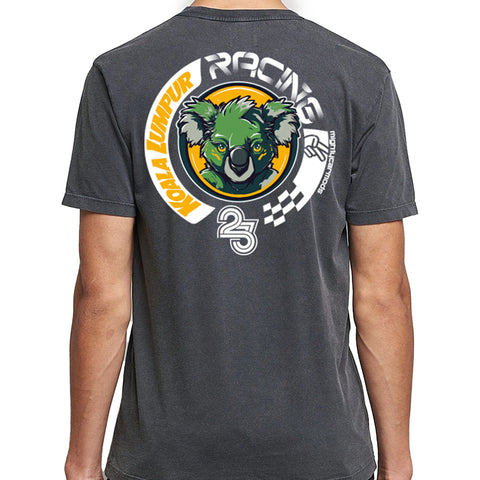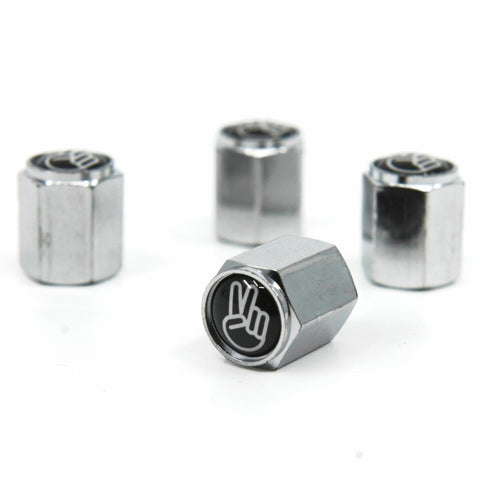
Big turbos win the Internet but aren't great on the road
Making more power is always the goal of modified cars, right? Well, if you think that, then it sounds like you haven't watched Marty's epic episode where he made his Levorg a better car with a smaller turbo [CLICK HERE]!
The pursuit of power is intoxicating and driving an overpowered car is definitely a lot of fun... but why are you better off moderating your turbo sizing (and making a bit less power) for a car that lives most of its life driving on the street?
And why do "street cars" need such special treatment?

As Marty laid out in his video, there are several key reasons why a smaller turbo can make for a much better street car, but turbos are just one area where bigger isn't always better. I'll state from the outset here that I'm talking about the extreme examples, because they are what get all the attention on the Internet.
Race cars have to operate in a small window, which is to say they don't experience the weather, rough road conditions, styles of useage, and more that a street car does. You don't see many cars stopping in the middle of the 24-hours of Le Mans to do a hardware run, or to pop down to the local Drive-Thru for some nugs.

Most performance upgrades are done with motorsport in mind, social or professional. As we modify our cars it sharpens their focus as we take away compromises built-into them to make them more luxurious (read: softer, heavier), capable of handling large loads (poor handling), or achieving low emissions (spicier state of tune) - we sharpen their focus.
Street cars really need to be comfortable, and safe to drive in all weather conditions in any season. They also need to be reliable, and easy to drive no matter if you're 18 or 80. We reduce these windows as we start sharpening the car's focus and moving it more towards performance over everything else.

Old heads know that stacking too big a carburettor or installing too big a camshaft in your engine that spends 99% of its life driving you to work and back, will make for a painful, expensive engine with a short lifespan. These parts are great in race cars as their peak power is up but that is at the cost of a broad spread of power, which is what you need in day-to-day life.

Race car parts like straight-cut or dog-engagement gears *can* be driven like a regular synchromesh transmission around town but they have a much shorter service life (ie; the time between rebuilds). These are tools which have been designed for a purpose and, while you can use them outside of that, don't be surprised if they don't work as well or last as long.

Excellent examples of this can be found in suspension set-ups. You can improve the handling of your car without turning it into a race car that will rattle your teeth out of your head, follow any imperfections in the road, and wear its components out in a few short drives.
While coilover struts and fat swaybars are well-known for giving big gains in handling. some people push past these mods and this is where you can over-mod your car. Some aftermarket suspension arms come fitted with spherical bearings (AKA "rose" or "heim" joints) instead of soft, pliable rubber bushings, and while it will stiffen your street car up nicely it will also lead to significantly poorer driving behaviour on the street.

As with everything in life, balance is the key to building a killer car you can comfortably enjoy on the street and in day-to-day use. Race cars are awesome but the joy which stems from driving a well-sorted, practical, fast and fun daily is hard to top!




